Space shuttle Discovery left Earth this morning at 6:21 am EDT in a spectacular dawn launch from Cape Canaveral. The combination of sunrise colors and the comet-like appearance of the departing shuttle astonished onlookers. "It was an awesome sight," says Michael Fertic, who sends this picture from Spring Hill, Florida:
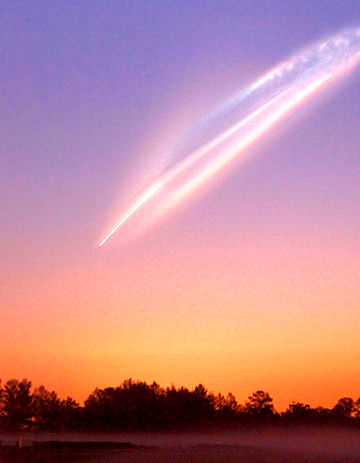
© Michael FerticThe sky is changing; more evidence that our upper atmosphere is loaded with comet dust
The show continued even after the shuttle was out of sight. Tiny ice crystals in Discovery's lingering exhaust caught the rays of the rising sun and formed an artificial noctilucent cloud of startling brightness. Even veteran observers were impressed. "It was the most incredible launch I have ever seen," says long-time shuttle watcher and part-time NASA medic Dr. Mark Staples of Shands Hospital. "Definitely, it was one of the most spectacular!" agreed Jim Burchfield of nearby St. Cloud, Florida. And Terry Allshouse of Leesburg, Florida, ranked it as "the best of the ten I have witnessed." More images of the launch from photographers:
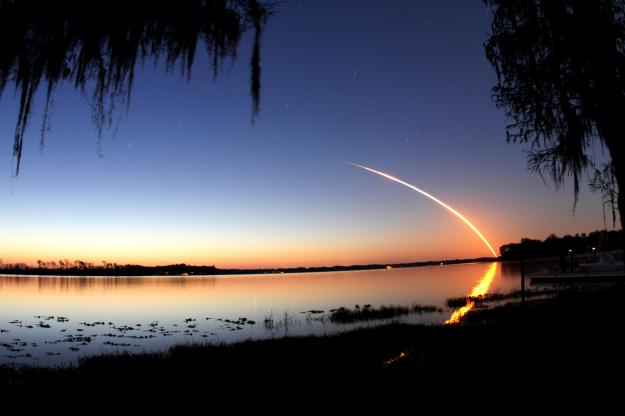
© Mark Staples"Unbelievable display of color, motion, and rocket weather. The glow of booster ignition, comet-like trail of the orbiter, and upper wind deformation of the vapor trail with changing light conditions made for the most incredible launch I have ever seen." The photographer's reference to this looking like a 'comet-trail' is a clue to why this launch was so spectacular: the skies overhead are laden with comet dust. This is also why so many 'chemtrails' leave exhaust from jet planes 'suspended' after the plane has long passed.
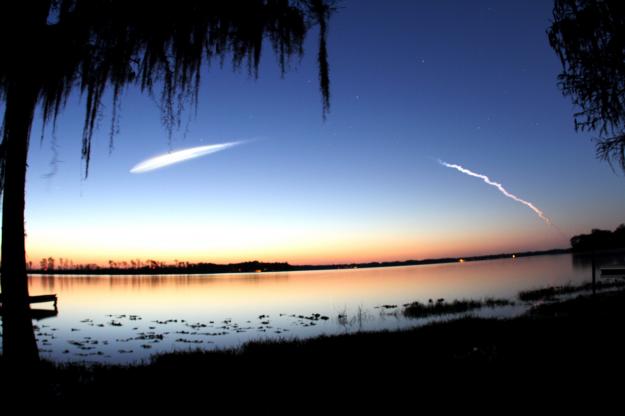
© Mark Staples
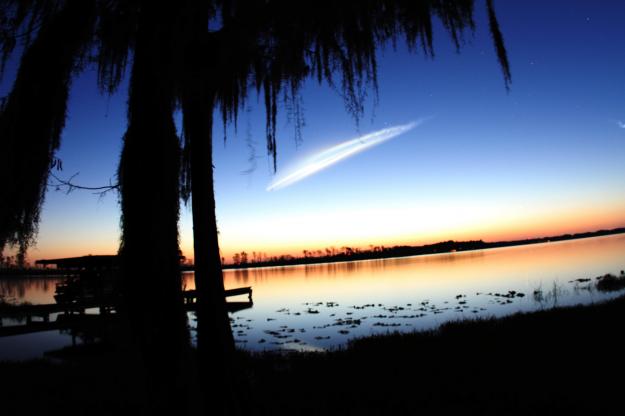
© Mark Staples
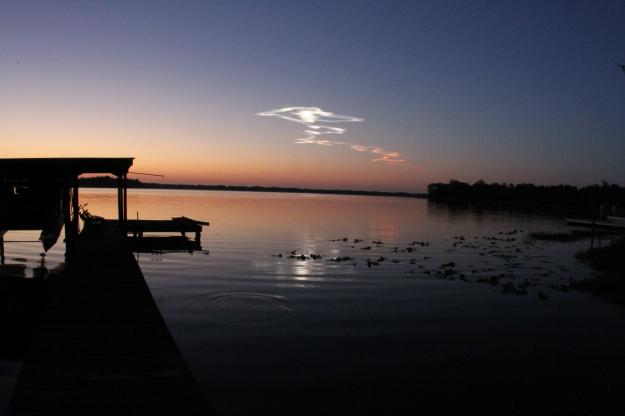
© Mark StaplesThe Discovery launch left behind a "noctilucent" effect similar to images of trails left by meteors and fireballs entering into the atmosphere
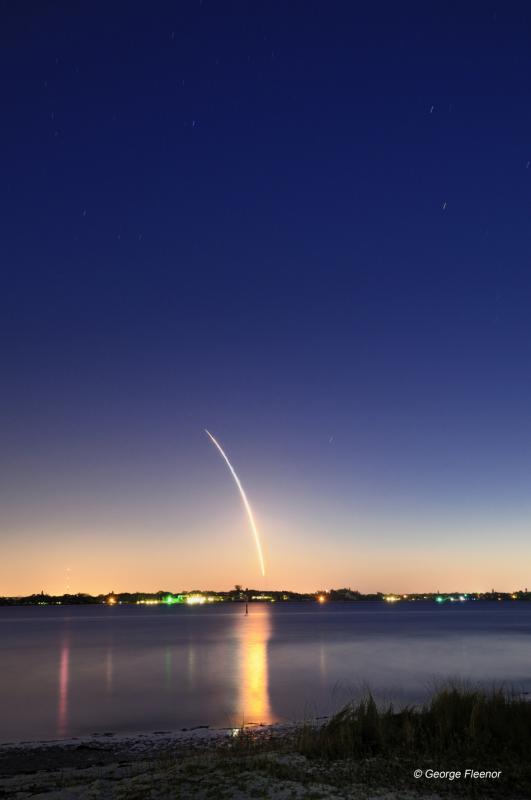
© George Fleenor
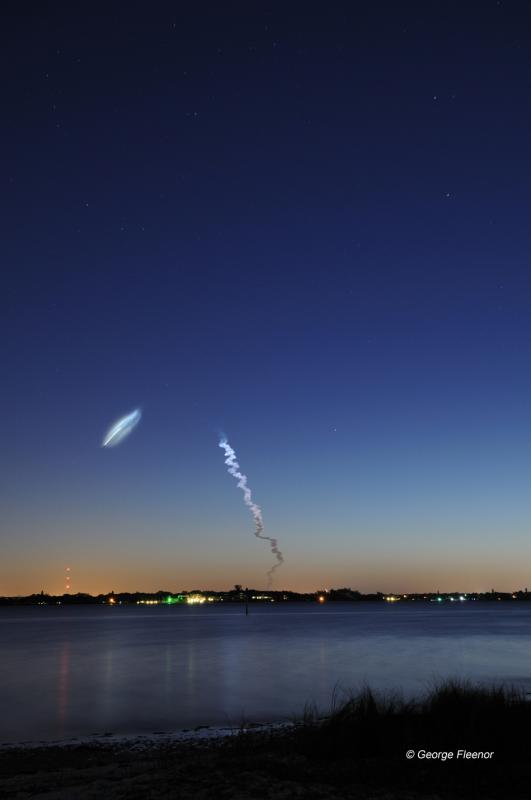
© George Fleenor
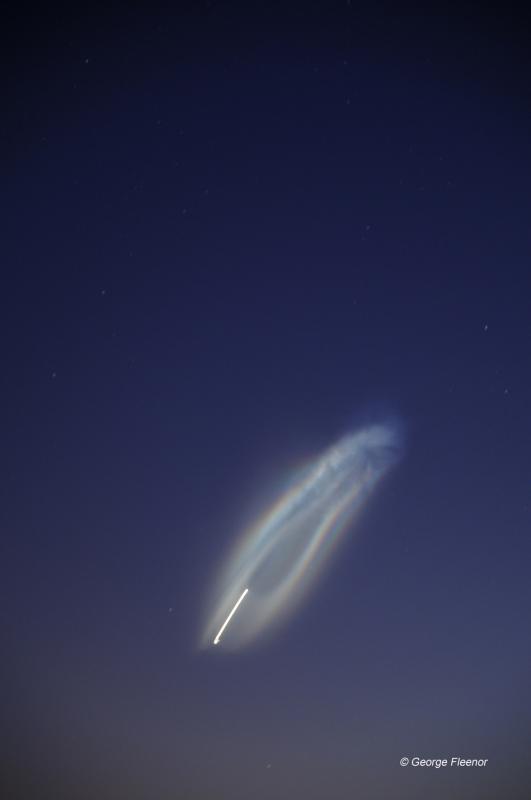
© George Fleenor
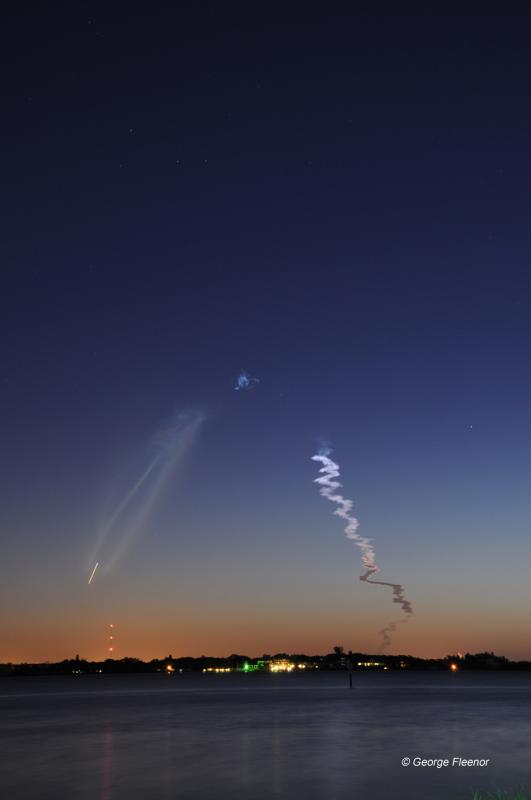
© George Fleenor
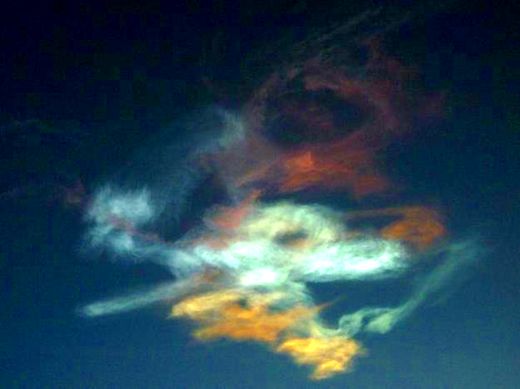
© Anna Herbst
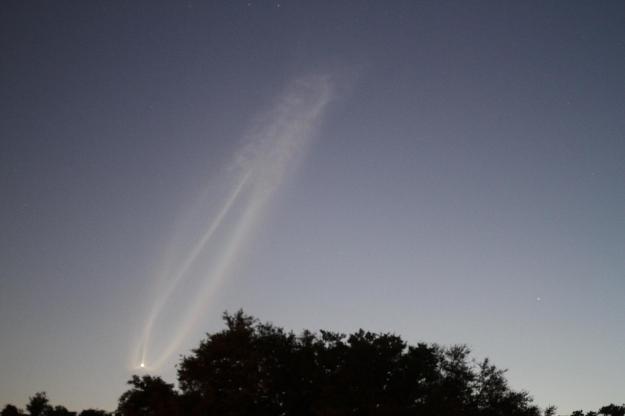
© Adam Bojanowski
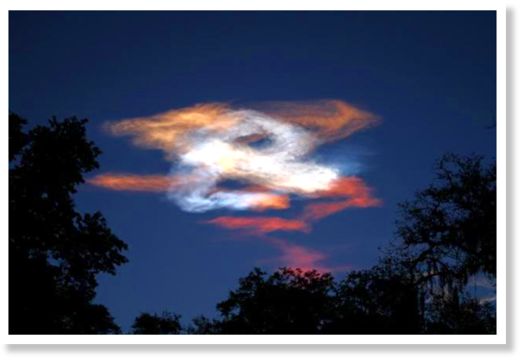
© Adam BojanowskiSpace shuttle launch April 2009: We can see now why the ancients described comets and fireballs as "dragons in the sky"
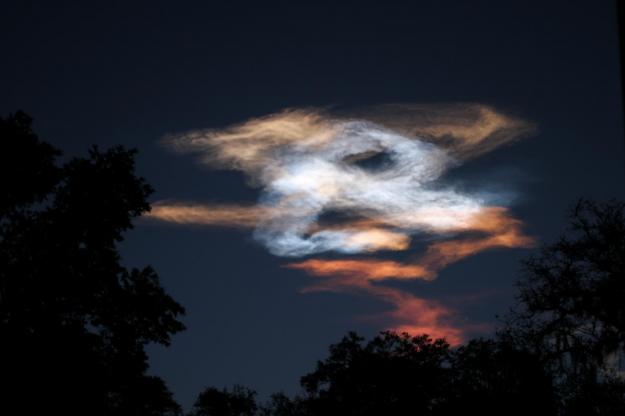
© Adam Bojanowski
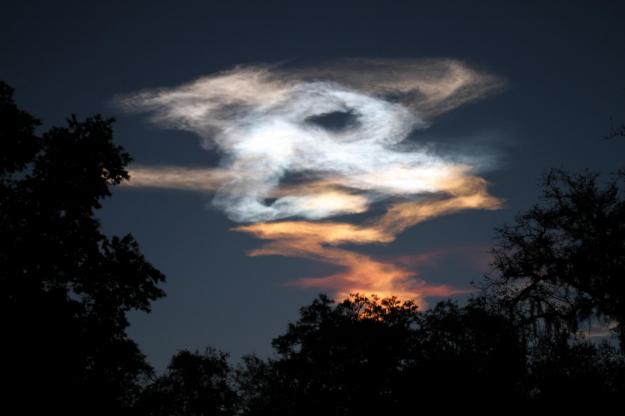
© Adam Bojanowski
Comment: Remember
this?
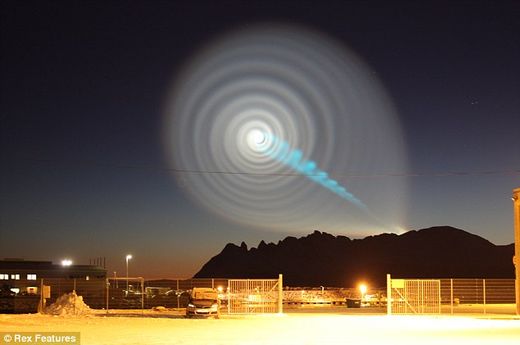
© Rex FeaturesStrange spiral: Residents in northern Norway were left stunned after the lightshow, which almost looked computer-generated, appeared in the skies above them
The Russian ICBM launch failed, forcing the rocket into a spin as it burned through the atmosphere.
The meteor that turned night into day in Utah, Idaho and Nevada
last November left a "noctilucent", or night-shining trail suspended in the space-dust laden sky, which high altitude winds later twisted into this spaghetti formation:
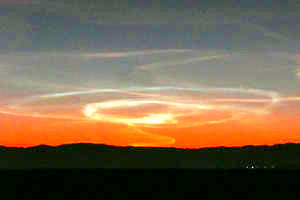
© SLTrib/ Les AshwoodA photo believed to be depicting the meteor's aftermath, taken at 7 a.m. Wednesday, Nov. 18, 2009, from Clive, in western Tooele County, looking east toward Salt Lake City.



















No wonder the ancients created legends about dragons in the sky! That's probably what they were seeing: comet trails in a cold upper atmosphere laden with dust and ice crystals!